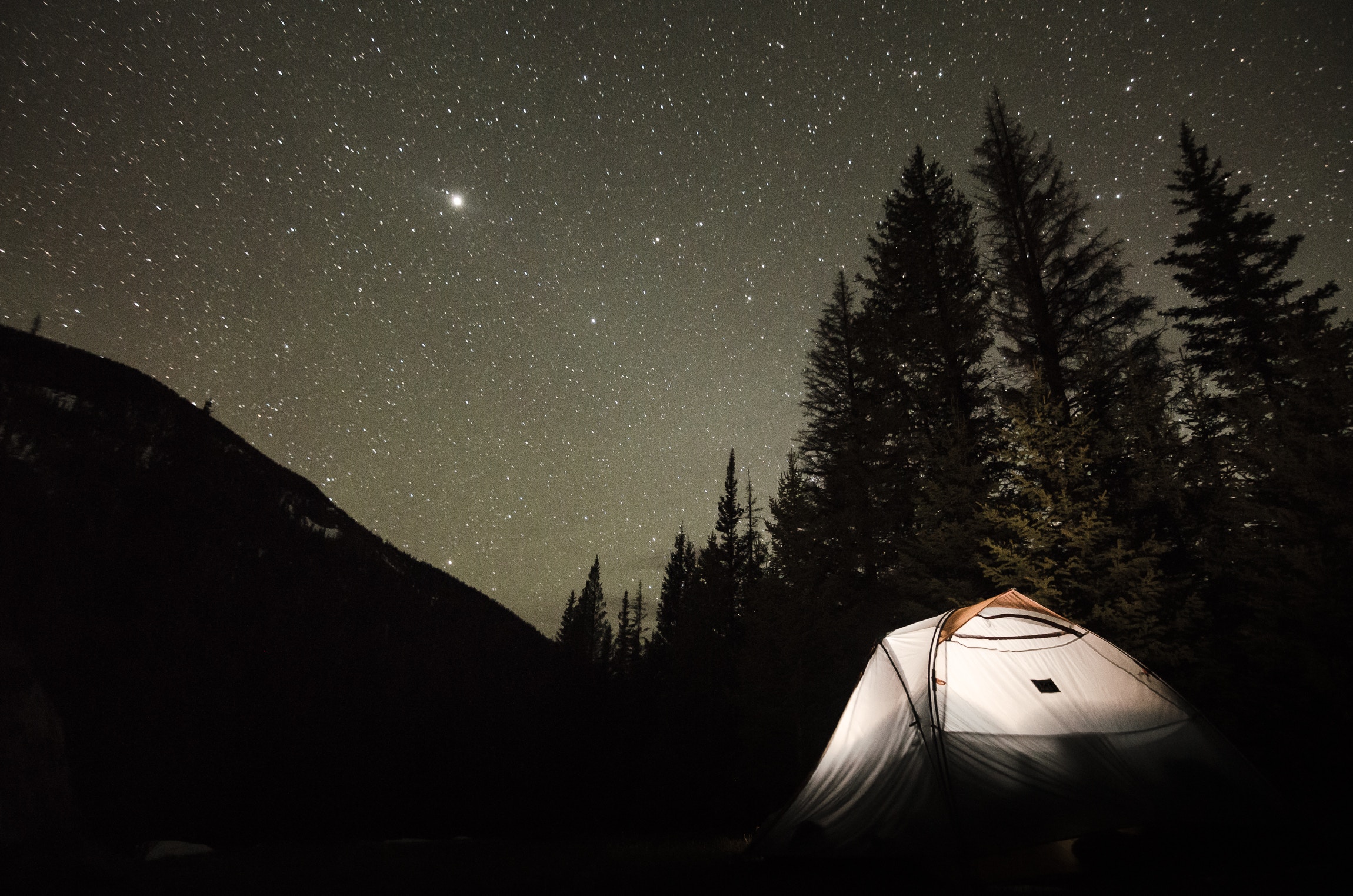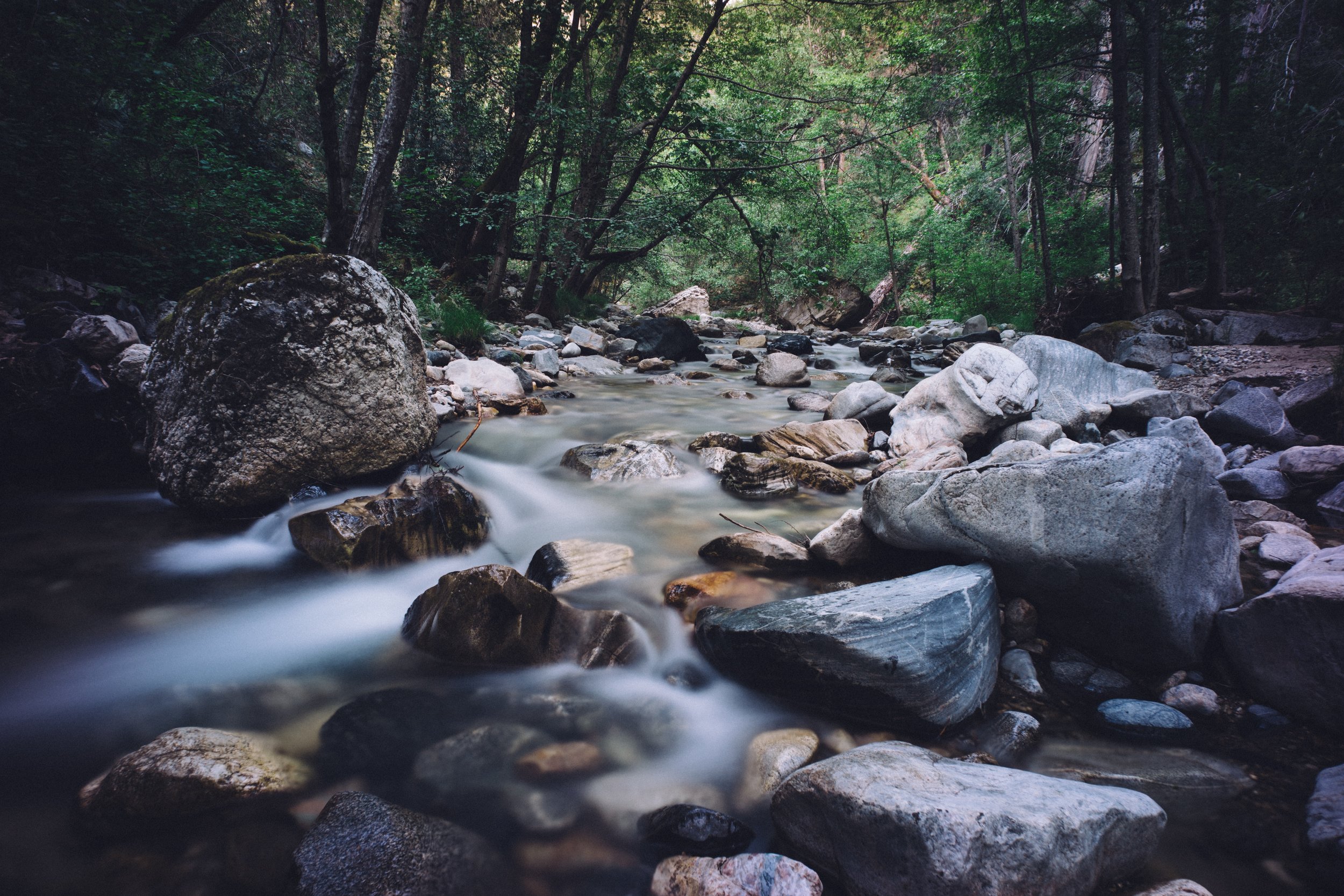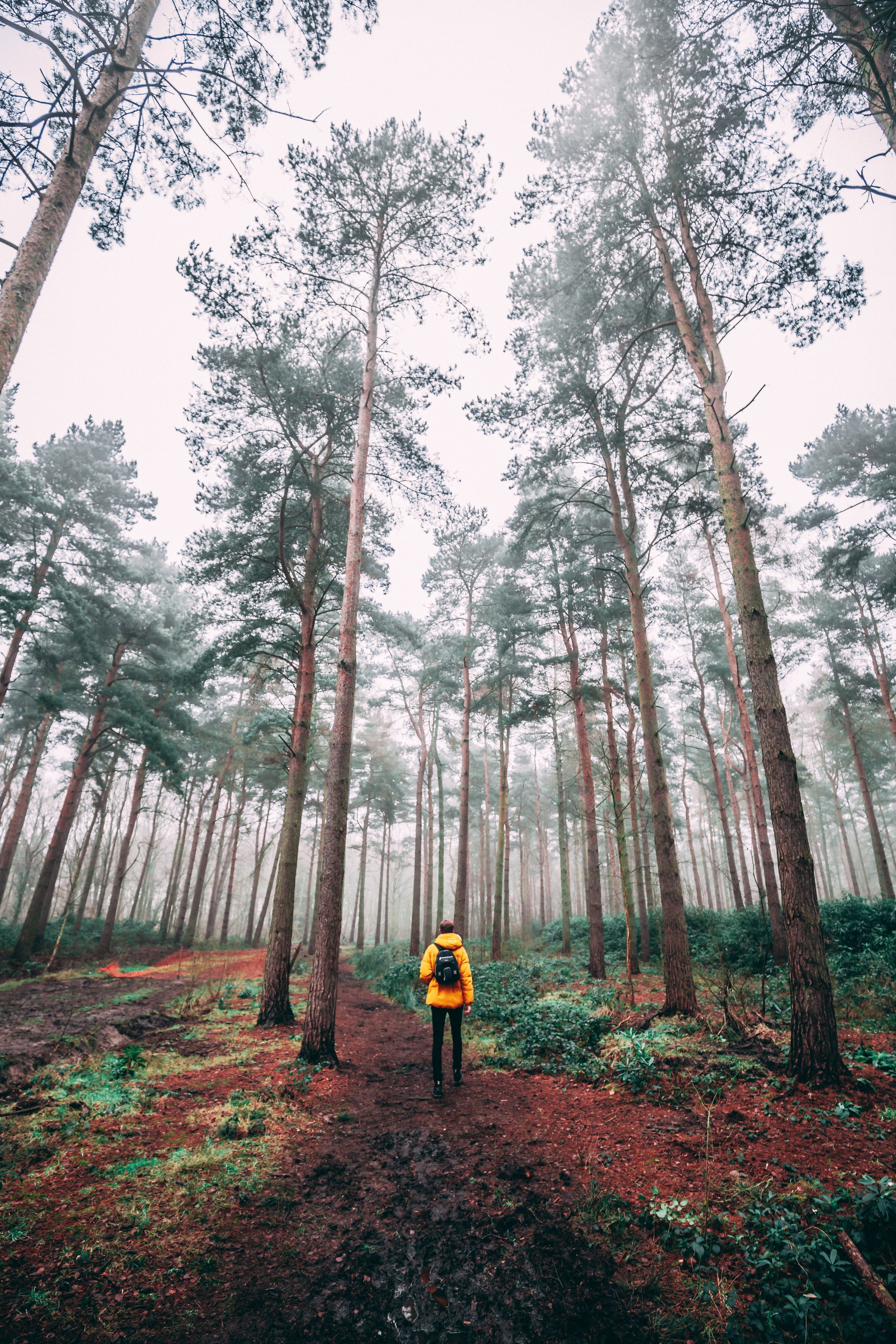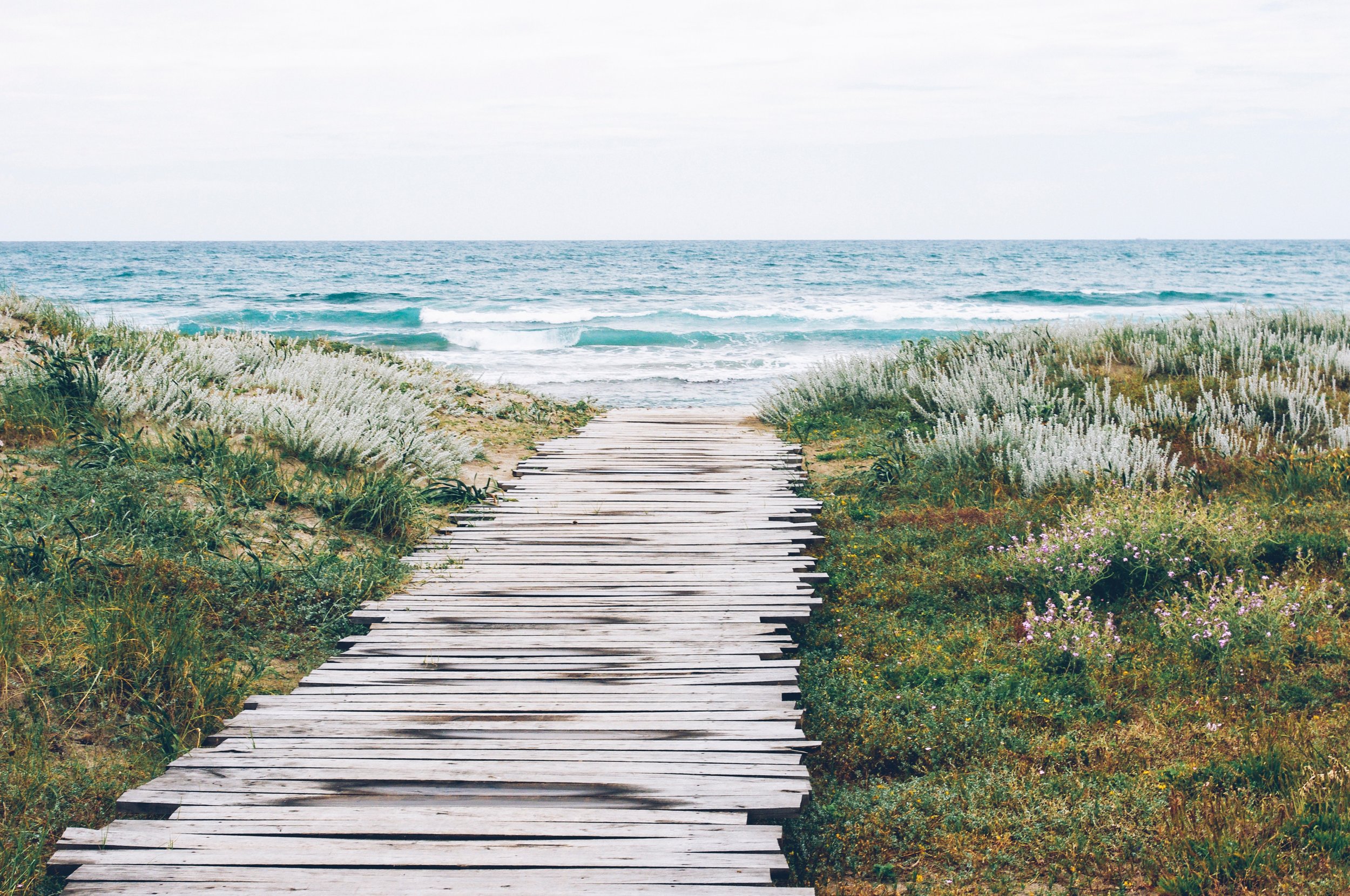about katahdin coffee
We’re not hipster. We’re heritage. Born and bred in Maine, we pay homage to the highest mountain, Katahdin, which means “the great mountain.” Like this peak, our coffee is also… well, great.
Sustainably sourced from 100% high-grown Arabica, we work with farmers and regional cooperatives from place like Honduras, Brazil, Uganda, and Timor. Then, we fire roast the coffee beans in small batches right on the coast of Maine.
PROUD OF OUR ROOTS
Katahdin comes from a family of coffee mongers. From 1975 to 2014, Lyons Coffee Service, founded by Stan & Hazel Lyons, provided hardworking Mainers (and New Hampshirites) with workplace coffee and supplies. Family owned and operated, we carried Katahdin Coffee as our own private brand. Eventually, we sold the office coffee operation, and Katahdin Coffee Co. began a new chapter as a stand-alone company: Katahdin Coffee. The Friendly Cup.
Brewing That Perfect Friendly Cup
Ok, if you’ve been drinking coffee as long as we have, you’ve already got this down. But
whether you’re a coffee veteran or you just discovered this magical beverage, here are our tips.
Freshness is Foremost. We’re often asked about whether storing coffee in the freezer is a good
idea. Our usual answer: Coffee is a perishable product, so think of it like lettuce. You wouldn’t
buy a bushel of lettuce and store it in the freezer. Same with coffee (ok, not that perishable)!
Buy it in reasonable quantities, like every week or two, and check the date code to see that it’s
fresh. Oxygen causes staling, so do store it in an airtight container, or reclose the bag as tightly
as possible. And those open bins of bulk coffee at the supermarket? Steer clear of them.
Unless that coffee was roasted yesterday, it’s already stale.
The Best Coffee Brewer. There isn’t one. It’s the one that works for you. Automatic drip,
French Press, or espresso, what matters is how you like your coffee. The only ones we don’t
recommend use those little plastic cartridges (you know the ones). We think the excessive
package waste is a poor trade-off for convenience. And there’s some compelling evidence that
heating food or beverages in plastic is a bad idea. But do clean your brewer frequently,
especially the decanter, brew funnel, and spray head. Your dishwasher does a better job than
scrubbing in the sink.
A Word about Beans. Coffee comes in two species, the more delicate and pleasant tasting
Arabica, and the hardy but often harsh Robusta. Katahdin Coffee Co uses only high-grown
Arabica beans. While we don’t yet offer organic coffees, we applaud the movement towards
organic growing methods. Most of the coffee we buy comes from farmer co-ops that are in the
multi-year process of converting to organic methods. This is a difficult period for them. They’re
sacrificing higher yields without receiving the higher prices that organic coffees command.
However, many of them get certified by the Rain Forest Alliance for their bird-friendly (shade
grown) growing methods, and these coffees can be some of the best tasting in the world.
Roast. In general, lighter roasts are for drip brewing and for folks who drink it black. Darker
roasts are for espresso and folks who add milk or cream. That’s the first rule. The second rule
is: break the rules! Katahdin Coffee comes in light, medium, and dark roasts, and we
encourage you to experiment.
Grind. The best grinders use conical burrs to mill the coffee beans, rather than blades that chop
them to smithereens. Be sure the grind size is appropriate to your brewing method. If it’s too
fine, your brewed coffee will be “over-extracted” and bitter tasting. If it’s too coarse, it will be
“under-extracted” and flat tasting.
Water. There’s really only one rule: if you don’t drink it out of the tap, don’t try to brew coffee
with it. Use filtered or bottled water, never from the hot tap.
Temperature. Coffee should be brewed with water that’s heated to 195-205 degrees F.
Ratio of water to grounds. This is a matter of personal taste. We recommend one to two
tablespoons of ground coffee for every six ounces of water. For a household automatic drip
brewer, we use a level ¾ cup dry measure for 10 cups.










